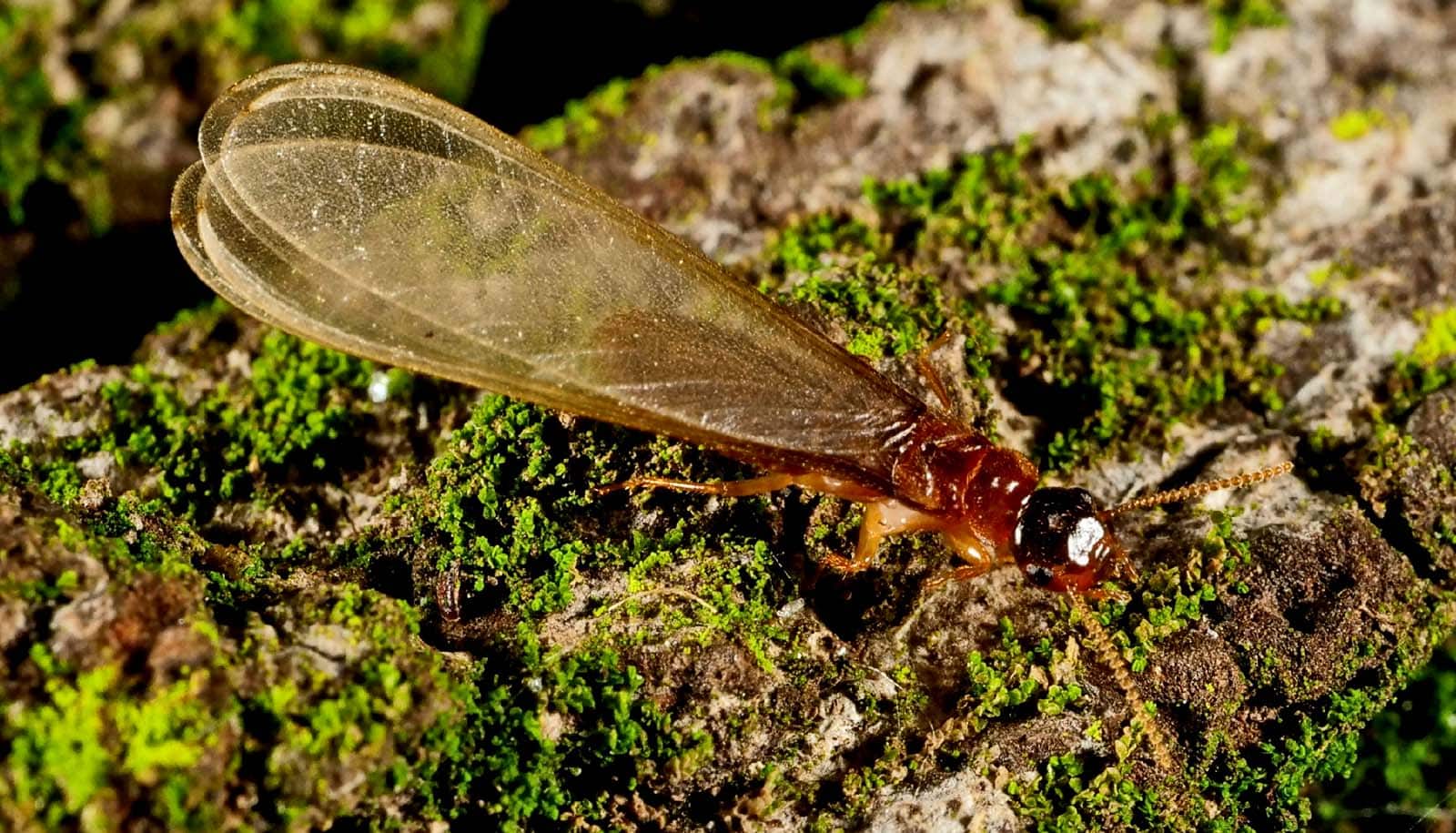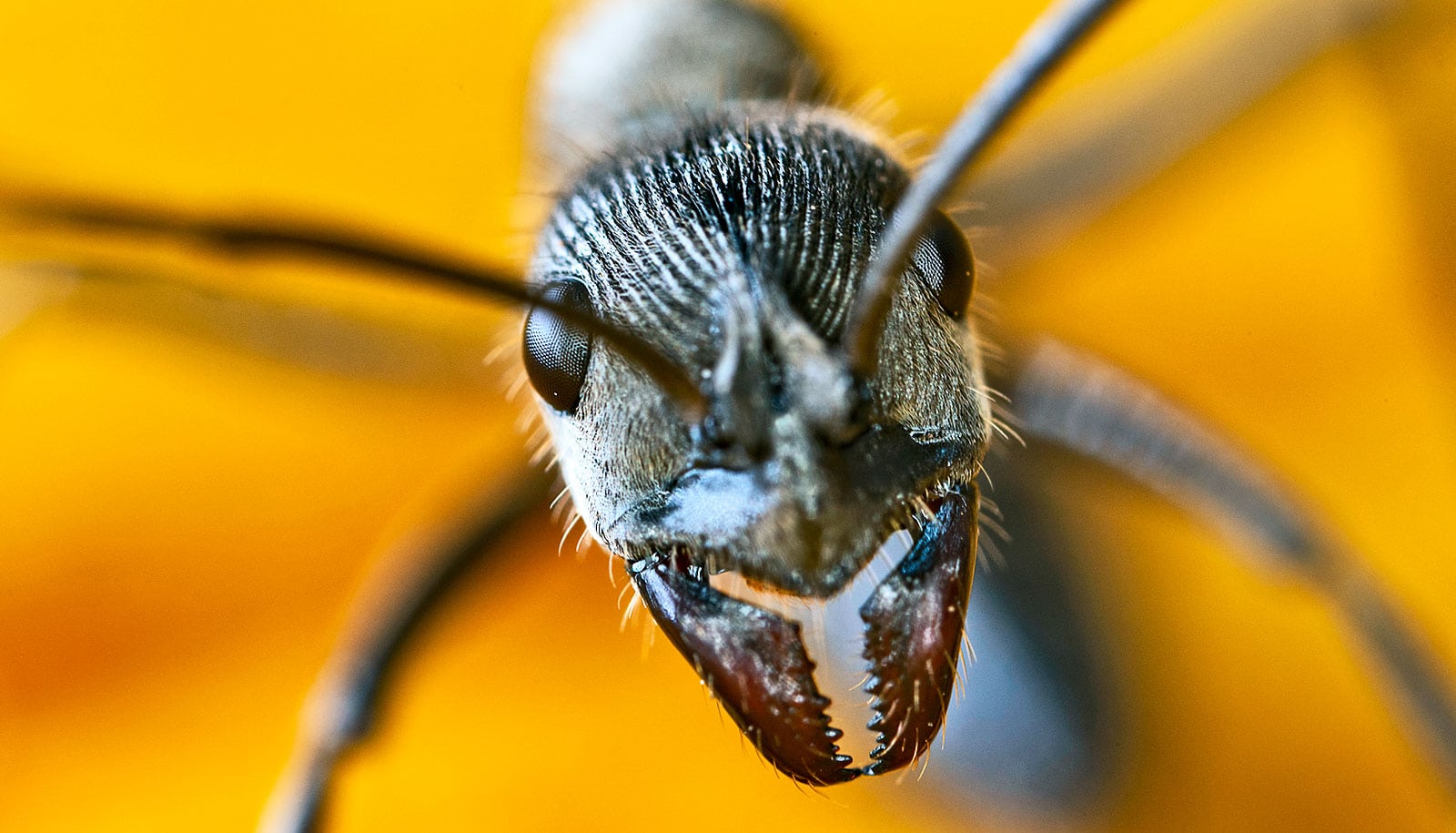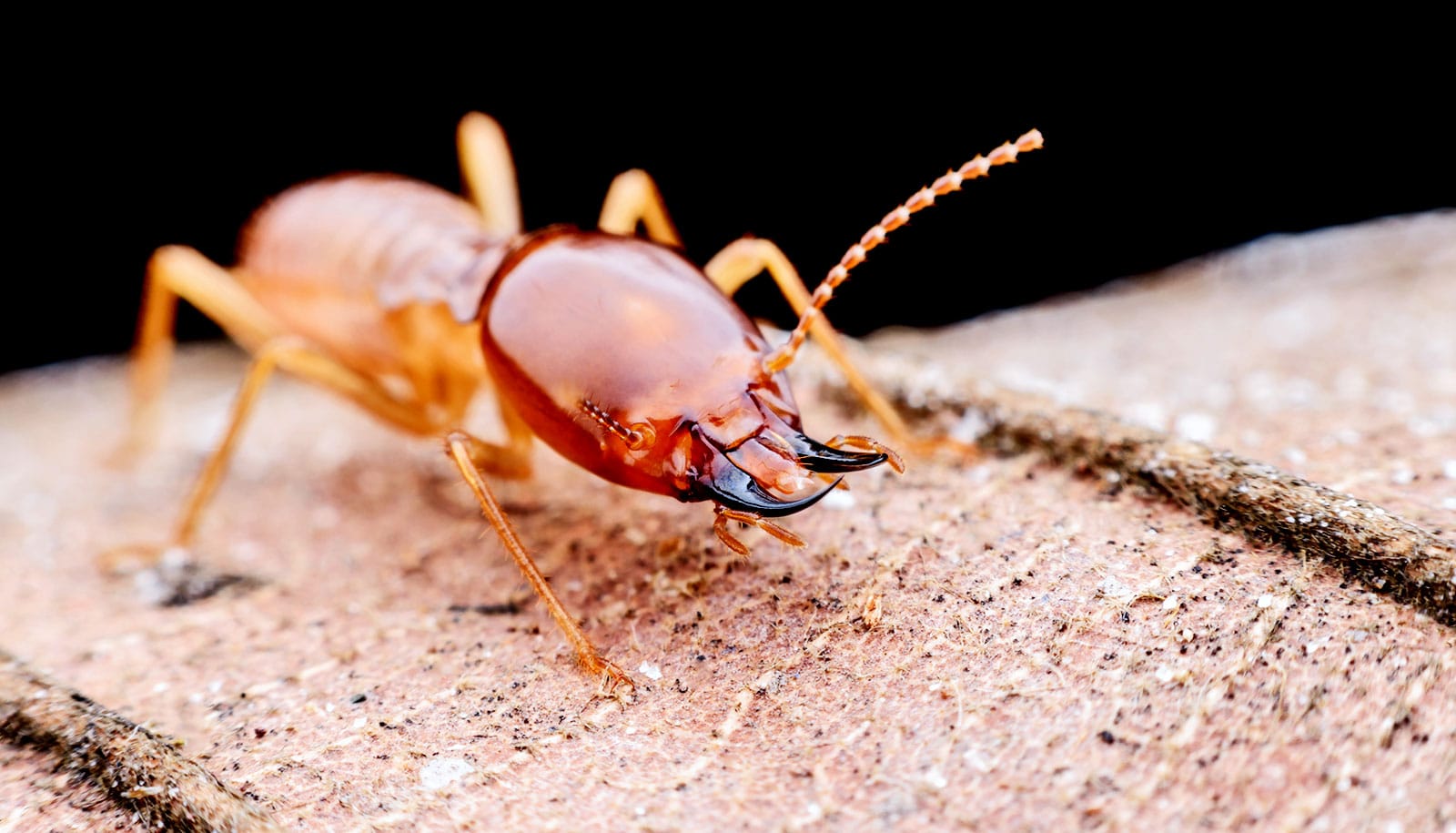New research looks at the remarkably long lifespan of several Formosan subterranean termite colonies.
The scientists learned that each termite colony may attempt different strategies to optimize their chances of survival and reproductive success.
“Scientists have often observed ant and termite colonies during short periods of time to study fascinating behaviors from these complex social animals,” says Thomas Chouvenc, an assistant professor of urban entomology at the University of Florida/Institute of Food and Agricultural Sciences’ Fort Lauderdale Research and Education Center.
“However, no one was able to follow the demographic history of a whole colony through its entire life, which can last decades.”
University of Florida scientists monitored colonies of the Formosan subterranean termites in the field on a monthly basis until 2009 when the project ended.
“The outcome of this effort resulted in a treasure trove of information, revealing unknown aspects of a termite colony’s complex biology, and it provided unique explanations on why some subterranean termite species can be so good at being problematic pests to buildings,” Chouvenc says.
“With more than 15,000 data points and a dozen of different variables from many colonies collected over decades, it took us dozens of independent studies and more than an additional decade to analyze this dataset and make sense out of it,” Chouvenc says.
For the first time, the researchers observed the changes in the population structure within four independent termite colonies over a period ranging from 10 to 24 years of monitoring.
Scientists revealed that a mature termite colony can seasonally produce thousands of alates, the winged termites that fly away to make new colonies, every year and for several decades.
“We initially thought that all four colonies would be following similar demographic and reproductive patterns. However, each colony had a unique profile, to the point that we concluded each colony can display a unique demographic individuality” Chouvenc says.
The researchers also found that colonies may lose their initial primary king and/or queen but can produce many secondary reproductive queens and kings to maintain reproductive output through long inbreeding cycles.
“What was fascinating about these findings is that some colonies failed to produce replacement queens and kings, and died after a three-year period of colony senescence,” Chouvenc says. “On the opposite side, some colonies were able to produce more than 1,300 replacement queens and kings and continue thriving for more than a decade.”
In fact, this dataset revealed that each colony demographic trajectory is unique through their perennity, he says.
“Now that we know how complex and diverse this is, we can now take this information into account for the implementation of future pest control solutions.” Chouvenc notes.
The study, published in Frontiers in Ecology and Evolution, shows that a mature Formosan termite colony has many options and strategies to optimize its reproductive output, and can switch from one strategy to another over the decades to survive.
Chouvenc also likens the finding to the changes that happen in a big city over time, such as the changes in demographic composition, building architecture, economic productivity over a 75- to-100-year history.
“In termites, it’s similar but at a different scale where the colony goes through a generational turnover every three to four years. A colony demographic outcome changes because of shifts in reproductive strategies, physiological flexibilities, and environmental changes,” notes Chouvenc. “In a way, just like our cities, termite colonies are resilient and change over generations. So as each city is unique, each termite colony is just as unique.”
Source: University of Florida


